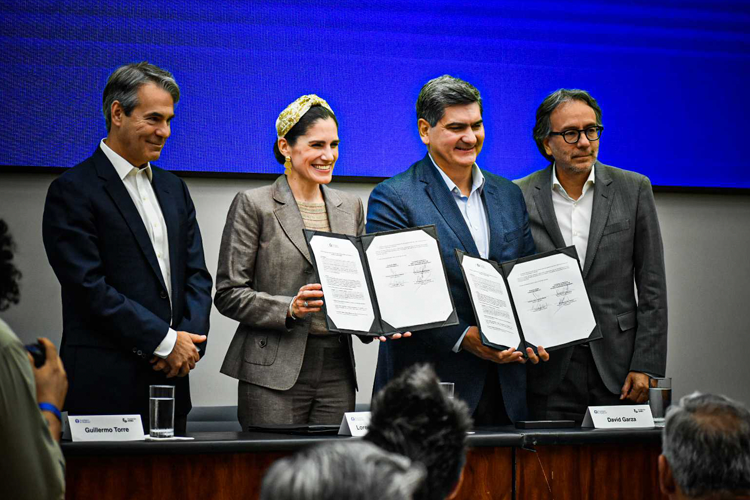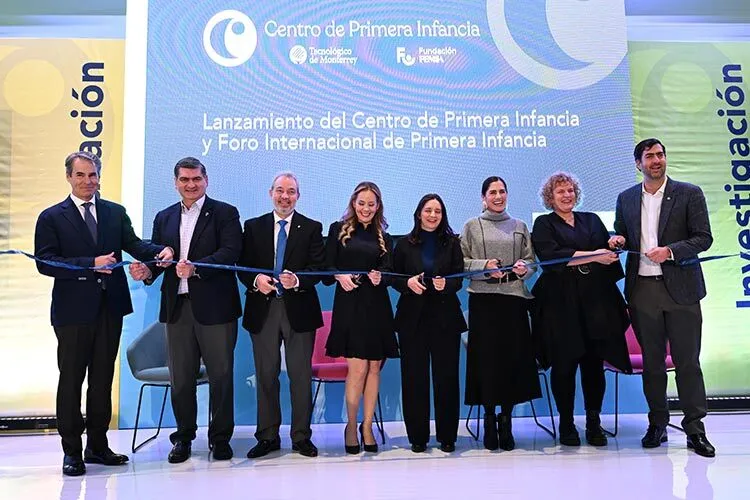The evidence of the harm caused by the abuse of power by adults over children leaves visible wounds and immediate damage, both through the exercise of physical or psychological violence on a minor. Meanwhile, the lack of care or the absence of respectful upbringing results in long-term effects.
Emotional Development in Early Childhood
Phil Fisher, director of the Center for Early Childhood at Stanford University, explains that neglect in early childhood appears not to leave visible marks.
“However, its effects prevail over time, and that’s why we need to develop social programs to address these consequences,” he explained during the panel Scientific Foundations of Early Childhood: Neuroscience and the Impact of the Environment, where the Early Childhood Center at Tec de Monterrey was launched. Fisher explained that abuse is “the most toxic thing a child can experience.”
The repercussions of neglect are “unpredictable,” depending on the stimulation a child can receive in the community and at school.
In both cases, the challenge for early childhood centers — emerging in various parts of the world — is to influence the design of public policies through multidisciplinary research to mitigate the harm caused to children by lack of attention and violence.
The panel was led by Guillermo Torre, rector of TecSalud and vice president of research at Tec de Monterrey, who emphasized that in recent decades, the medical sector has focused on the need to support minors from the maternal womb by ensuring balanced nutrition for pregnant women and timely prenatal care.
In his turn, Pat Levitt,, scientific director of the Saban Research Institute and developmental neurogenetics researcher at the Children’s Hospital of Los Angeles, explained that it has been identified that there are also genetic factors that influence how a child responds to positive or negative stimuli in the environment they grow up in.
“But if positive experiences are offered in early childhood, that allows balancing the scales in case minors are more prone to overreact to negative experiences,” Levitt commented.
He warned that it is necessary to give children tools that allow them to learn resilience. This can happen through stimulation centers in neighborhoods to “shift the balance” toward a more hopeful future for children living in adverse environments at home.
Shedding Light on Child Abuse
Data presented during the First International Forum on Early Childhood highlight that, in Mexico, two-thirds of newborns do not receive breast milk, and six out of 10 children have not been vaccinated during their first year of life.
Only 7% of children under three have access to early stimulation, 27% of those under five receive timely neurodevelopment assessments, and only one in three children can attend preschool, according to the non-governmental organization Save the Children.
In Mexico, 50% of children under five experience punishment and violence as a normalized parenting practice.
Stanford University’s Center for Early Childhood has identified that when parents or primary caregivers exert physical or sexual violence on their children at home, similar traumas are caused to those experienced by children in orphaned conditions.


















